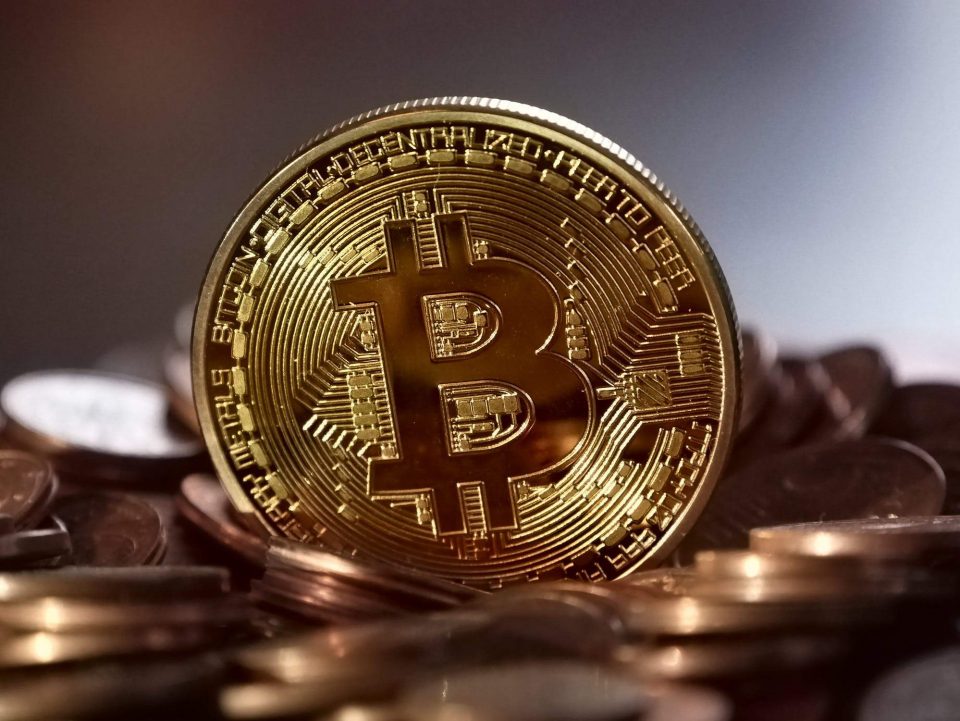Written by David Thomas, Director and Co-Founder of GlobalBlock
As Bitcoin reaches its 10th Anniversary of coming into existence back in January 2009, let’s take a look back at its inception and the subsequent major landmarks that bring us up to the present day.
Back in late 2008, the world was still gripped by the economic downturn and crash of 2007 which, lead by the subprime mortgage crisis in the US, resulted in the failing and bailing out of some of the world’s longest trading financial institutions.
At this time in October 2008 an article appeared online by Satoshi Nakamoto entitled ‘Bitcoin:A Peer-to-Electronic Cash System‘ wherein lay his objective to author a digital peer-to-peer financial network built on transparency that could be controlled by everyone, not just a single institution or central bank.
The turmoil that the banking crisis of 2008 wrought upon the world economy was immeasurable and many feel that Bitcoin was invented as a direct consequence. The theory is leant real weight when you consider what Nakamoto choose to inscribe on the first ever Bitcoin transaction;
The Times 03/Jan/2009 Chancellor on brink of second bailout for banks

Early in 2009 the first 50 Bitcoins were “mined”, and shortly thereafter a transaction between two nodes took place (between two people). These early transactions were all done in private and nobody truly knows who they were, but these first trades are believed to have been between Nakamoto and developer Hal Finney. Many over the years have speculated that Finney was in fact Nakamoto as his identity has always been and continues to be shrouded in mystery.
Initially, adoption of Bitcoin was glacial with the first mainstream attention coming in 2010 when Bitcoin was used to pay for pizza. Two Papa John’s pizzas were purchased for 10,000 Bitcoin by coin enthusiast Laszlo Hanyecz. This is lauded as the first ‘real world’ transaction using Bitcoin as a payment method; the cost of those two pizzas in today’s value? Around US $30 million! Bitcoin also rose from $0.008 to $0.08 that year; a 900% increase that was achieved in 5 days!
By 2013 Bitcoin really began to find some mainstream appeal with several inflationary incidents occurring, including a price spike from $100 to over $1,000 per coin in little over a month. However, the price subsequently halved over the next 4 months and it would then take over three years to recover these heights! The price rise certainly helped fuel more appeal with Business Insider’s Joe Weisenthal writing “I’m changing my mind on Bitcoin” having only a week earlier called the currency a “joke”.
2014 witnessed the famous fall of Mount Gox, the first ever Bitcoin exchange, that was processing over 70% of all Bitcoins transactions worldwide. The exchange filed for bankruptcy after cyber hackers stole $500 million worth of Bitcoin. This hack still stands today as the largest ever in the crypto industry.
The Bitcoin bull run really took hold in 2017 culminating in the price hitting an all time high of $19,783.
The last 10 years for Bitcoin, whilst broadly telling a hugely successful story, has also not been without difficulty. Had Bitcoin been the perfect system other similar coins and iterations would not have come to the market. Granted, it was always going to be highly unlikely that Bitcoin would exist on its own given technological innovation and blockchain being an entirely new concept, but the real issue with Bitcoin is scalability. This was something which came to a head during the bull run of late 2017 where some users were paying $16 to send $25 worth of Bitcoin.
To understand why this is an issue we need to know a little about how transactions work on the blockchain. For a transaction to be accepted and sent, the sender must pay a small fee to be included in a block – the more you pay the quicker the transaction is in completing. The miners who regulate the blockchain network can only process so many transactions per second and so naturally there is a supply and demand bottleneck. For comparison Visa completes 24,000 transactions per second; Bitcoin can only achieve a maximum of 7.
There have been many proposed and attempted solutions including a hardfork of Bitcoin’s code base. A hard fork of Bitcoin resulted in Bitcoin Cash which has further forked to Bitcoin SV. Segwit is a non-hardfork based solution (i.e. remains within Bitcoin) which allows block sizes to scale in a more malleable way. All of this has helped Bitcoin to address the scaling problem in some way but it still falls a long way short of other digital coins or blockchain platforms that are out there.
So what comes next for Bitcoin? One thing about Bitcoin’s future is entirely certain: it has a finite supply; 21 million coins in fact with over 17.4 million already mined. Every 4 years, or every 210,000 blocks, the reward for new fresh Bitcoin is cut in half and will do so until it reaches zero. Changes to the Bitcoin codebase not withstanding, fresh Bitcoin will stop being produced in 2140 with the incentive to keep mining after that date being the fees for transactions. Bitcoin is set to reach its next halving event in 2020. When block 577,500 is reached, the reward for every following block will be cut in half from 12.5 coins per block currently to 6.25 coins per block.
Whilst some critics still argue (for varying reasons) as to the longevity of Bitcoin, the next 10 years should at the very least provide many more talking points and events to document its life. If, as expected, increased regulation enters the market then Bitcoin will be opened up to a broader investor base, and with increased adoption, we expect to see volatility reduce and stability increase both of which will establish Bitcoin and cryptocurrencies further as an asset class in their own right.



